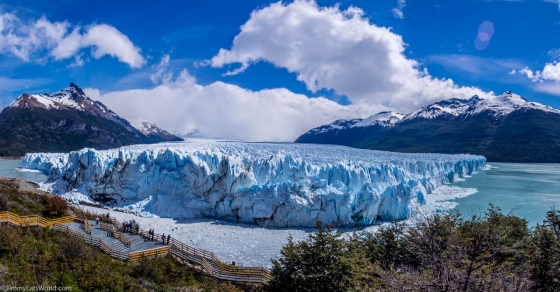Victoria Weather and Climate: A Comprehensive Guide
The climate in Victoria is marked by big temperature swings throughout the year.
Temperatures range from very warm during the warmest months
to mild in the cooler months.
It also experiences much rainfall throughout the year.
Let鈥檚 explore the climate details in depth to provide you with a complete overview.
Average maximum day and minimum night temperature
In Victoria, temperatures differ significantly between summer and winter months. Average daytime temperatures reach a very warm 32掳C in January. In July, the coolest month of the year, temperatures drop to a moderate 18掳C.
At night, you can expect cooler temperatures, with averages dropping to around 7掳C during this month.Check out our detailed temperature page for more information.
Temperature ranges by month
Precipitation and rainy days
Victoria experiences significant rainfall throughout the year, averaging 1142 mm of precipitation annually. Victoria can be quite wet during February, receiving approximately 130 mm of precipitation over 8 rainy days.
In contrast July, experiences much drier conditions, with 47 mm of rainfall, spread across 6 rainy days. For more details, please visit our Victoria Precipitation page.The mean monthly precipitation over the year, including rain, hail and snow
Sunshine over the year
Victoria can be enjoyed more throughout the sunniest month of January under a blue sky, with approximately 9.8 hours of sunshine daily. In contrast, the city experiences much darker days in June, with only 4.7 hours of sunlight per day.
Visit our detailed sunshine hours page for more information.
Monthly hours of sunshine
Daily hours of sunshine
Average humidity
The relative humidity is high throughout the year in Victoria.
The city experiences its highest humidity in May, reaching 82%. In December, the humidity drops to its lowest level at 68%. What does this mean? Read our detailed page on humidity levels for further details.
Relative humidity over the year
clear and no rain clear and no rain clear and no rainForecast for Victoria
Select a Month of Interest
Check the conditions for any month of the year.
The best time of year to visit Victoria in Argentina
During the months of April, May, August, September and October you are most likely to experience good weather with pleasant average temperatures that fall between 20掳C and 26掳C.Other facts from our historical weather data:
January has an average maximum temperature of 32掳C and is the warmest month of the year.
The coldest month is July with an average maximum temperature of 18掳C.
February tops the wettest month list with 130 mm of rainfall.
July is the driest month with 47 mm of precipitation.
January is the sunniest month with an average of 294 hours of sunshine.
No idea where to travel to this year? We have a tool that recommends destinations based on your ideal conditions. Find out where to go with our weather planner.




